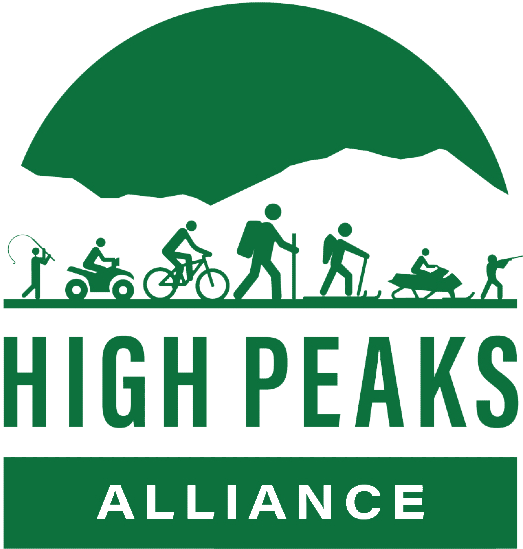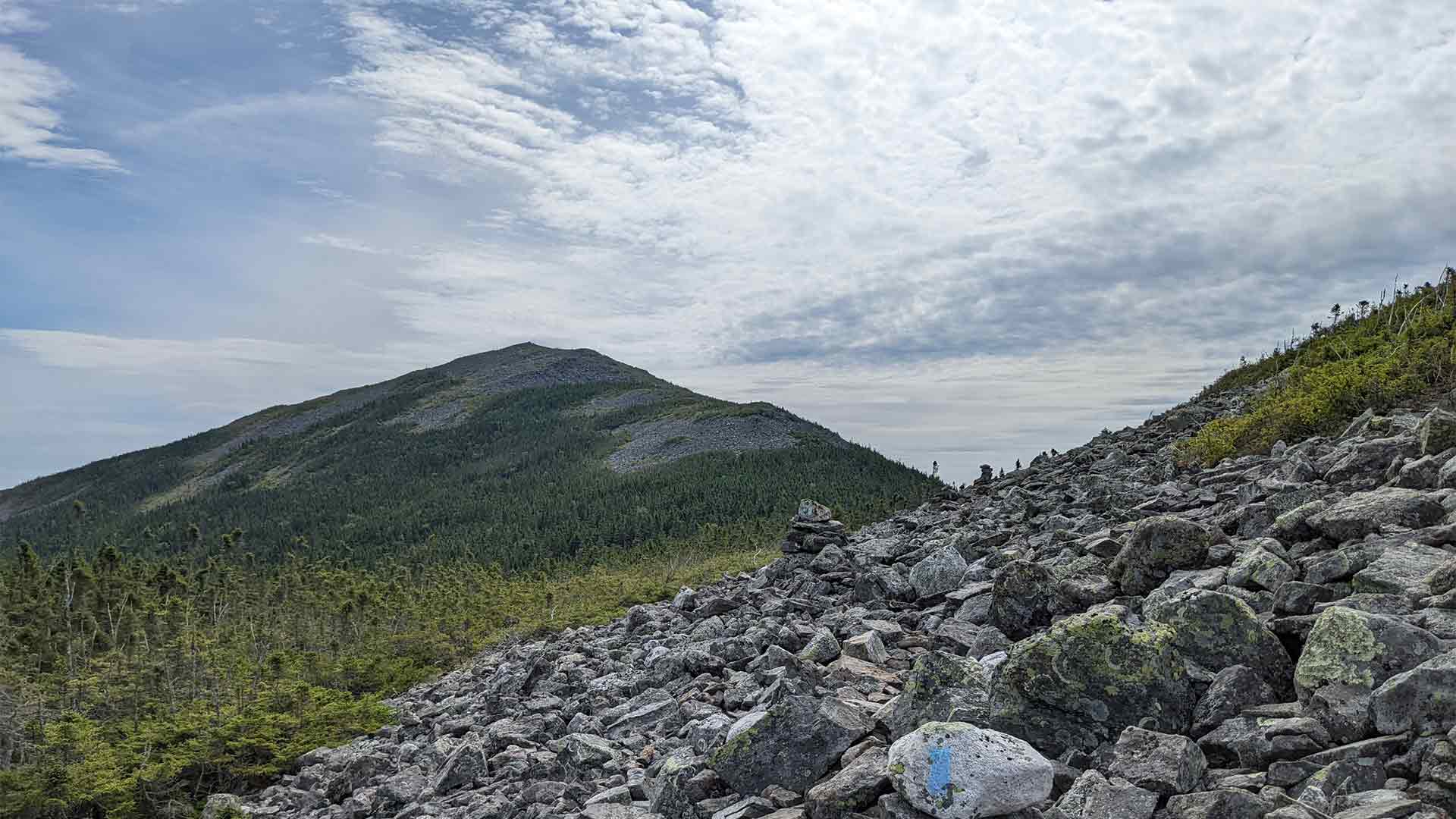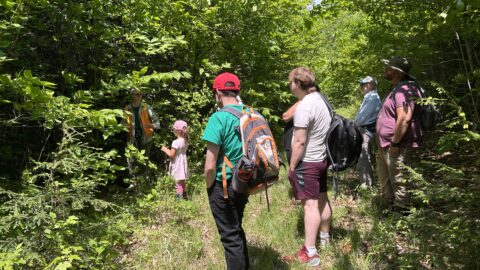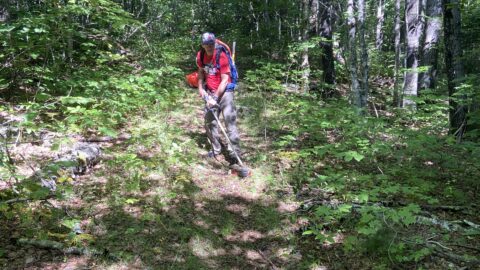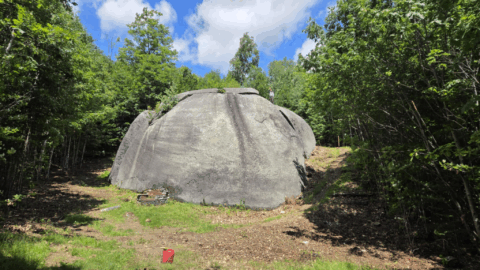Many reports and studies have been published detailing the economic benefits of conserving lands. The direct positive impacts on the local, regional, and state economy are plentiful: outdoor tourism, hotel occupancy levels, general stores, retail shopping venues, food establishments, the list is endless. There are also many indirect benefits that we may not think about in our day-to-day lives of what a national wildlife refuge in the region may accomplish. Take a hike along a rugged mountain path, x-country ski over open fields, bird watch in a dense forest, canoe on a meandering stream, go hunt and fish in your favorite spot, or take an exhilarating ride on your snowmobile. All of these activities enhance our quality of life and Maine’s economy. Establishing a National Wildlife Refuge in the Maine High Peaks region will protect wildlife habitat and it is a vehicle to acquire important lands for public use. Monies used to acquire parcels come from the Land, Water, and Conservation Funds (LWCF), which uses revenues generated from offshore energy leases – not taxpayer dollars. LWCF has helped conserve some of Maine’s most special places, including Acadia National Park, Moosehorn NWR, Rachel Carson NWR, Coastal Islands NWR, and the Appalachian Trail; these lands are permanently protected. The process of creating a National Wildlife Refuge can be long and tedious but the final result will make you feel good; conserving habitat is well worth the price.
by Bill Durkin, President
The Friends of Rachel Carson National Wildlife Refuge, Maine
